Price: $349.95
(as of Sep 24, 2023 17:52:19 UTC – Details)
From the brand




Shop Oberwerk
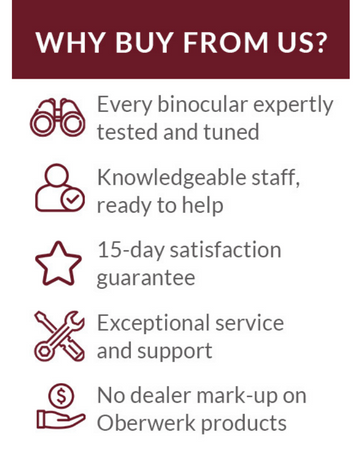

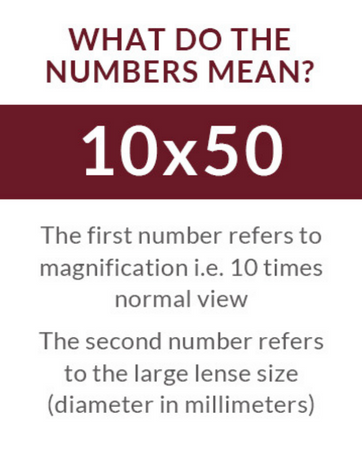

What is a “roof prism” binocular?
A “roof prism” binocular consists of two parallel faces with a series of angled surfaces between them designed to create a right-oriented image. The streamlined design makes them more compact and easier to hold.
How does that compare to “Porro prism”?
The traditional “Porro prism” binocular design consists of two prism faces that are offset, creating a Z-shaped path for light to travel through. They are generally larger and heavier than a “roof prism” binocular.
What is Chromatic Aberration?
Chromatic Aberration, often abbreviated as CA, is a type of distortion caused when light passes through a glass lens. The various colors that make up the visible range of wavelengths of light (380-780nm) pass through optical glass at different speeds, which results in various colors coming to focus at different points. This causes a false-color fringing. Exotic glass types (ED and SD) reduce the speed difference as light passes through lenses
What’s the difference between BAK4 and BK-7 prisms?
BAK4 prisms (barium crown glass) are the highest quality available. BK-7 prisms (borosilicate glass) are also good quality, but brightness falls off slightly at the edge of the field compared to BAK4. Note: All Oberwerk binoculars have BAK4 prisms.
What’s “multi-coating”?
Coatings prevent reflection and scattering of light- which minimizes light loss and offers better image contrast. An uncoated glass surface can lose up to 5% of light transmission due to reflection and scattering. A single layer of anti-reflection coating can reduce loss to about 1.5%. Multiple layers of different anti-reflection coatings can further reduce loss to as low as 0.25%. Multi-coating therefore, provides a higher level of light transmission and image contrast.
What’s the difference between multi-coated and fully multi-coated optics?
Many binoculars have multi-coated objectives and oculars, but it’s also important that all internal air-to-glass surfaces are coated (fully coated) or multi-coated (fully multi-coated). A binocular has up to 20 air-to-glass surfaces – so a loss of 5% per uncoated surface may result in a binocular that transmits less than half of the light that enters its objectives! The highest-quality binoculars are multi-coated on all glass-to-air surfaces (fully multi-coated). All Oberwerk binoculars are fully multi-coated.
What does “broadband multi-coating” mean?
Broadband is the highest-quality multi-coating available. If you measure the reflectivity of standard multi-coating across the entire range of visible wavelengths (380-780nm), you’ll see that reflectivity increases (more light is lost) at each end of the visible spectrum. Broadband multi-coating has less of an increase in reflectivity at the ends of the range, or in other words a “broader band” of efficiency, across the entire range of the spectrum. Note: All Oberwerk binoculars are fully broadband multi-coated.
SUPERIOR ROOF PRISM VISION – The internal focusers in our roof-prism binoculars can focus as close as 6 feet away! Oberwerk’s signature broadband multi-coatings ensure the highest-possible image quality.
ELIMINATES FALSE COLOR – Oberwerk’s ED (Extra-low Dispersion) objectives reduce chromatic aberration (false-color fringing), flare, and ghost images, providing more accurate color reproduction and sharper clearer images.
WEATHERPROOF – Whether bird watching, hiking, sailing, or exploring, you don’t have to worry about the weather- our Sport ED binoculars are fully waterproof.
LIGHTWEIGHT MAGNESIUM-ALLOY CONSTRUCTION – Our Sport ED models are lightweight, yet durable, with dark green rubber armor over a magnesium-alloy body, with attractive red-anodized aluminum components. Twist-up eyecups help maintain optimum eye position, whether wearing glasses or not.


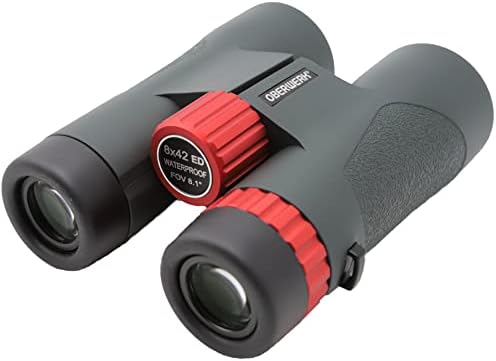
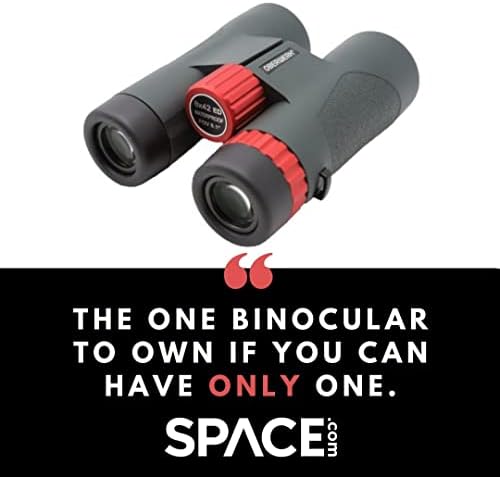
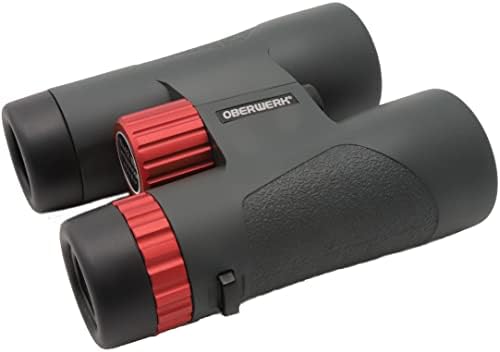
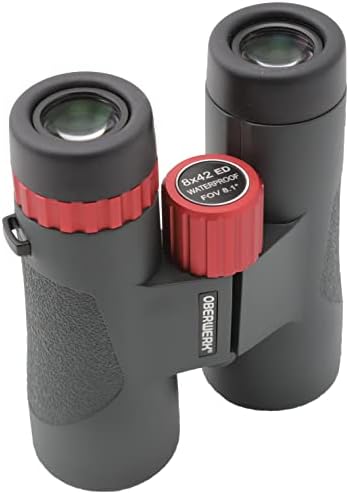
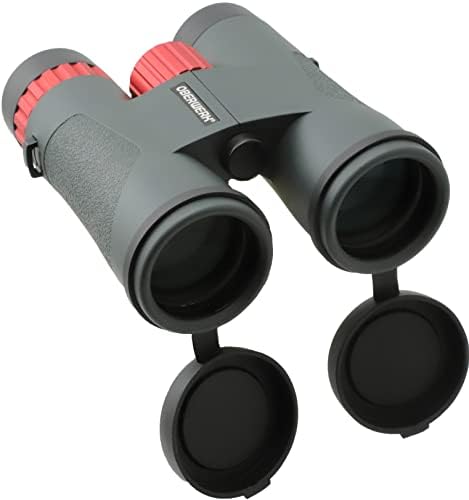

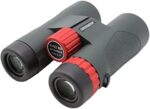



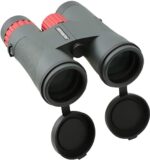
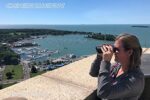



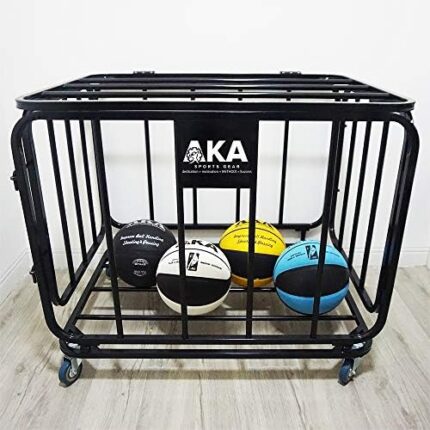






Reviews
There are no reviews yet.